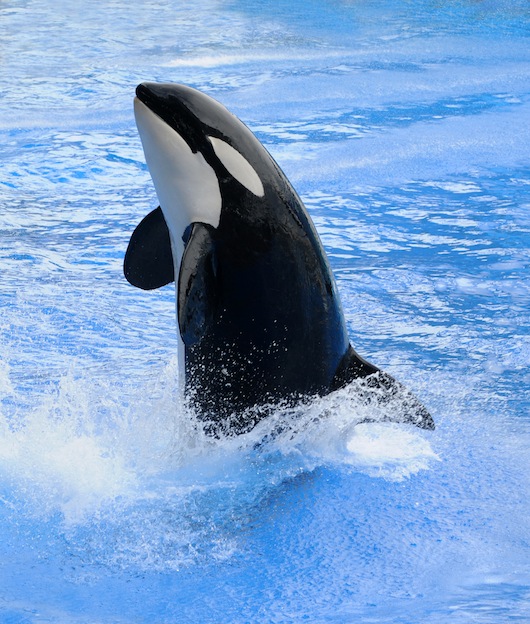
Distribution
They are able to live in all of the oceans on Earth. They are even identified in the far North of the Arctic Ocean where there is plenty of ice pack. They can also be located very far South in the Antarctic Ocean. They do seem to prefer the cooler waters which is very different from the habitat of most dolphin species. Some of them do live in the tropical waters though so they seem to have a very diverse habitat selection. They will move when they need to find food, but they don’t really take part in migration patterns as you see with so many of the dolphin species.
They Killer Whale is usually going to be living in the deeper waters. They tend to stay in areas that are from 65 to 200 feet deep. However, they have been identified in some of the waters that are quite shallow around the coast lines. They can dive up to 980 feet if necessary to find food. They tend to stick very close to their home range all the time though as long as they have enough food available.
Behavior
The Killer Whale is very social and they will use a variety of vocalizations to communicate with each other. In addition to the common whistles and clicks of dolphin species, they also have a variety of screams they use. Various groups or pods have been identified too with having theirown dialect. They have been observed frequently using physical contact too in order to communicate with each other. They may slap the flippers or the tail of each other. They can also bring the head above the water is what is referred to as sky hopping.
They use their vocalization for echolocation too so that they are able to find food. Each group of Killer Whales has from 40 to 50 members. There are times though when more than one group is together and so you will see significantly higher numbers. The overall structure of them is very detailed. The social unit could be a mother, her daughters that are adults, and her young offspring. They may have a bond that lasts for life and that is why they often mate outside of their own group.
They have been seen harassing various types of marine mammals, and they don’t eat them. This could be just a way to play around or it could be a way to show aggression. There are plenty of times though when they do feed in the same location as other marine mammals and they don’t seem to bother them at all. The differences in such behaviors aren’t fully understood.
(source:google/http://www.dolphins-world.com/)
No comments:
Post a Comment